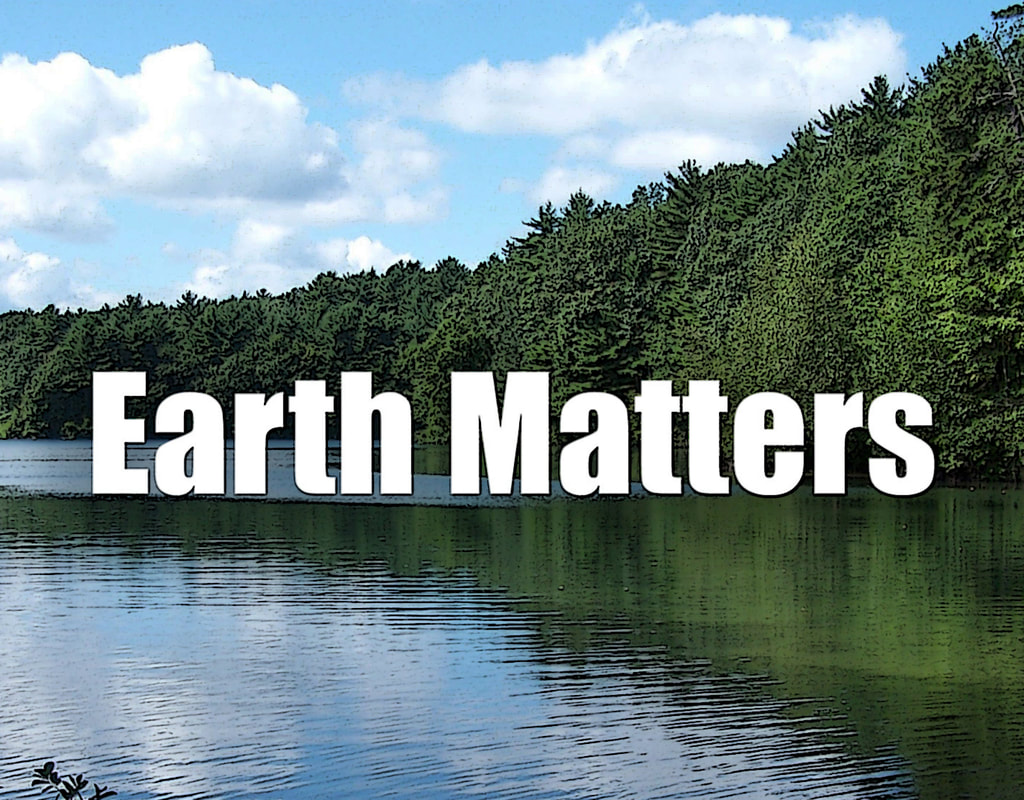|
I hated my high school chemistry class. Ironically, as my college and professional careers rolled along, I realized many environmental issues had chemistry connections. Like it or not, if I was to understand those issues, I had to understand the chemistry. Awareness and apprehension over the spread of toxic chemicals would be one such subject of concern. One of those, the industrial chemical family known as PCBs have found their way back into the headlines. It was used as a fire retardant and an insulator in electrical components, including as ballast in fluorescent lights fixtures. Though it's been illegal to manufacture in the United States since 1979, these long-lived chemicals remain in the environment as well as in durable products (like light ballasts) manufactured in those years.
PCBs are PBT chemicals – persistent, bioaccumulative and toxic. In simpler English, that means they persist for long periods in the environment, accumulate in fat tissue (because they are fat soluble), and are poisonous. If that PBT trifecta wasn't enough, they also cause cancer and disrupt hormonal processes. Many of these man-made chemicals are known by their acronyms because their real chemical names (often like their chemical makeup) are complex. PCB, as a perfect example, stands for polychlorinated biphenyl. Even if the chemistry is a bit overwhelming, we need only look at the compounds, chemicals, products and relatives of PCBs to understand why they present problems. Fused benzene rings make naphthalene, the active ingredient in toxic moth balls. Biphenyl in coal tar creosote used in railroad tie preservatives is a likely carcinogen. PCBs are also chemically similar to the potent cancer-causing group of chemicals called dioxins that are given off when vinyl is burned. PBB, the PCB cousin used widely at one time as a fire retardant (it has bromine in place of chlorine) is similarly toxic. PBB came into the headlines the first time in 1973 when bags of PBB fire retardant "Firemaster" were accidentally mixed with the cattle feed supplement "Nutrimaster" and shipped to farmers in southwestern Michigan. The tainted feed ultimately killed 30,000 cows and two million chickens. The state of Washington recently filed suit against Monsanto for long-term environmental damage that PCBs have inflicted upon the state. Governor Jay Ferguson has contended, "Monsanto produced PCBs for years while hiding what they knew about the chemical's harm to human health and the environment." Yet it is not just this contamination that we need to be concerned about. New "unintentional" releases have been confirmed by researchers at Rutgers, the University of Iowa and a Japanese industry association. The new contamination has come from the manufacturing of several paint and ink pigments. The 1979 Toxic Substances Control Act outlawed PCBs but granted an exemption when they were produced "in controlled manufacturing processes and as unintentional contaminants" such as paint and ink production. More than four decades after the first serious problems with PCBs and its relatives came to light, we remain haunted by this family of chemicals that should have never been manufactured in the first place. As discussions to eliminate many environmental regulations grow at the national level, it is wise to remember the saga of polychlorinated biphenyls. You can read more about the new PCB problem in Environmental Health Perspectives.
0 Comments
Your comment will be posted after it is approved.
Leave a Reply. |
Hazardous Chemicals
Vinyl Chloride
Drugs & the Environment The Dangers of the Rail The Town Erased by PCB Hazardous Waste: Being Smarter PCBs Live On Other Categories
|
|
All Original Material - Copyright © - All rights reserved. No part of this site may be used without written consent. Email John with questions.
Site Powered by Weebly. Managed by Brush Mountain Media LLC. |
© COPYRIGHT
2010-2023. |

